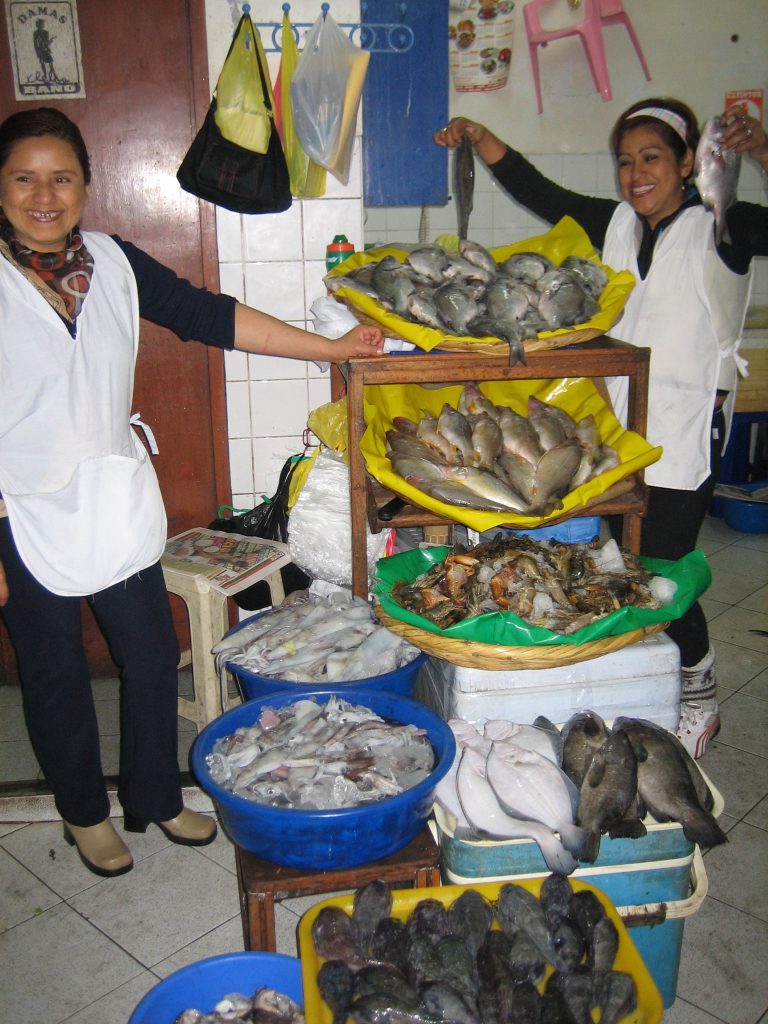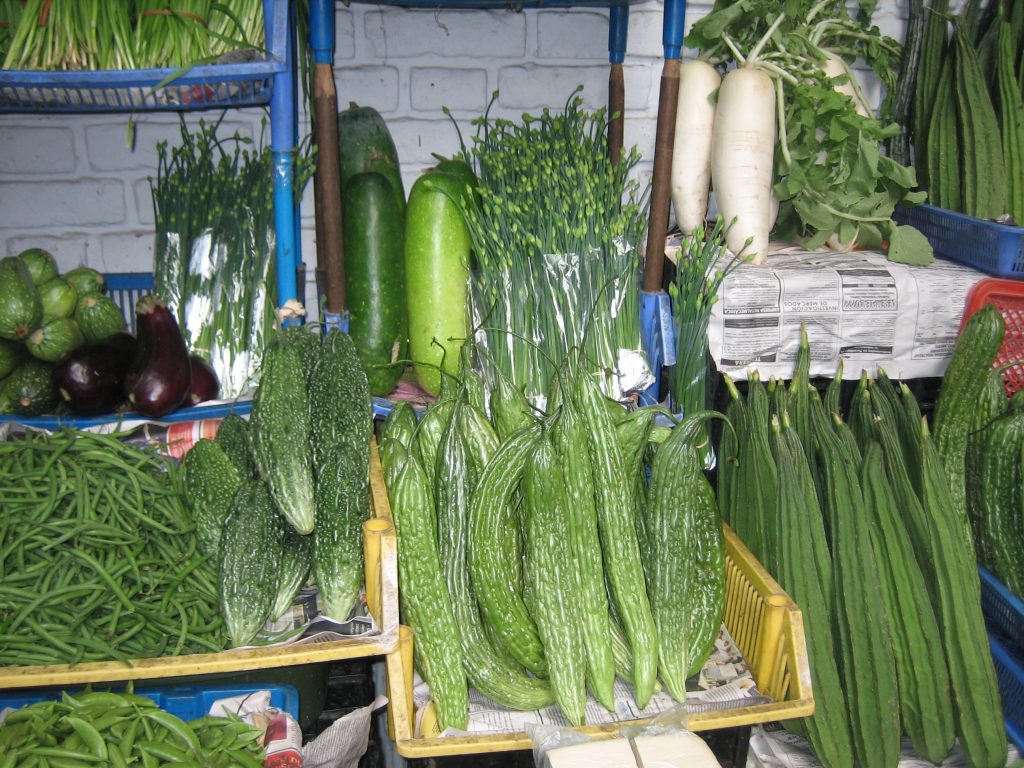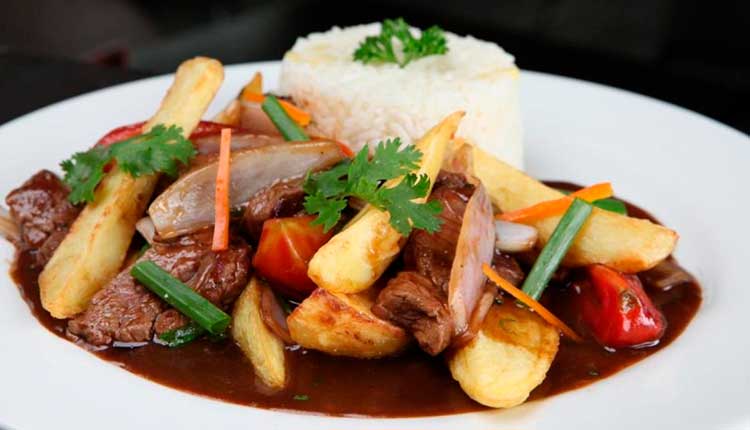In a recent article in Taste Cooking, Jess Eng writes about the history and spread of Chino Latino cuisine throughout Latin America. Now with a growing population of Asian-Latino immigrants in the United States, you’ll find chefs who recreate Asian-influenced foods they grew up with, adding their own signature to these dishes. Many came from Peru, Cuba, and Dominican Republic. Their fluid fusion cuisine began with the Chinese immigration to Latin America.
Chinatown in Lima, Peru
In 2007, I first encountered this blend of Chinese and Latin cuisines in Lima, Peru. I was there to research the Hakka diaspora for The Hakka Cookbook. Lima boasted the largest Chinatown in South America. A large concentration of Hakka once lived there. Lima’s Chinatown looked much like others throughout the world with it’s mix of markets, restaurants, temples, and gift shops. Shops sold Asian greens and vegetables stacked high, shiny mahogany-hued roasted ducks hanging from hooks, and fresh whole fish glistening with freshness. Yet a Latin vibe pulsated through the streets. Spanish signs and a mix of Spanish phrases with Chinese echoed a Latin American environment. A fusion of Chinese and Hispanic features showed in the faces of many vendors and customers.


Chinese change the Peruvian Diet
Professor Jorge Salazar (now deceased) explained how the Chinese changed the Peruvian diet. The first Chinese came as early as the 16th century, but the largest influx started in 1849, when over one hundred thousand Chinese migrants replaced the black workers. Most came from Canton (now Guangdong). Many were Hakka. They worked as contract laborers on sugar plantations, the railroad, and guano mines. Although they worked under exploitative contracts, the Chinese workers demanded rice, essential to their diet. This forced landowners to import and grow rice, a new food for this country. The Chinese also introduced Chinese vegetables and the wok with its stir-fry technique.
After surviving their contacts, the Chinese set up their own businesses. Some started restaurants that served traditional Chinese dishes. Others looking for a way to grow the business, created dishes that mixed local ingredients with Chinese cooking techniques and seasonings. This merger produced lomo saltado, a popular dish of stir-fried beef strips with French fries, tomatoes, and onions. Served with rice, this dish epitomizes a Chino Latino fusion dish with Chinese stir-fry technique and Chinese soy sauce with Peruvian potatoes, tomatoes, and peppers. These restaurants catered to the Peruvian tastes and were called chifas. Peruvians grew to love these brighter, colorful, sweeter dishes and the spread of chifas grew.

Now as these Chino Latino immigrants explore and expand on their cuisine in the United States, we can taste the strong impact of the Chinese immigrants in their homeland long ago. The influence of the Chinese immigration continues to spread around the world.
